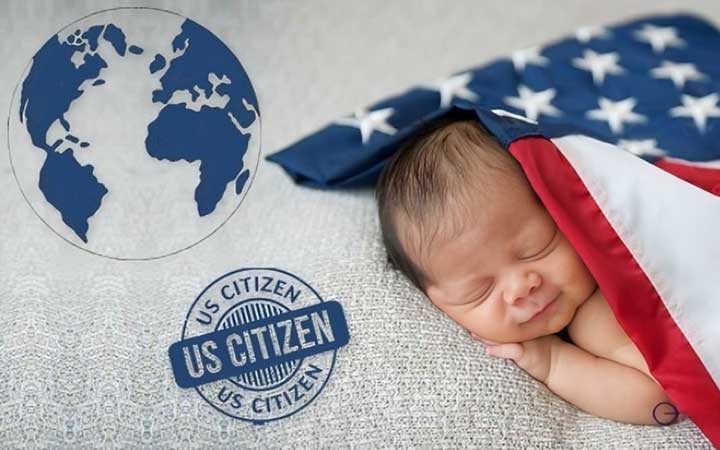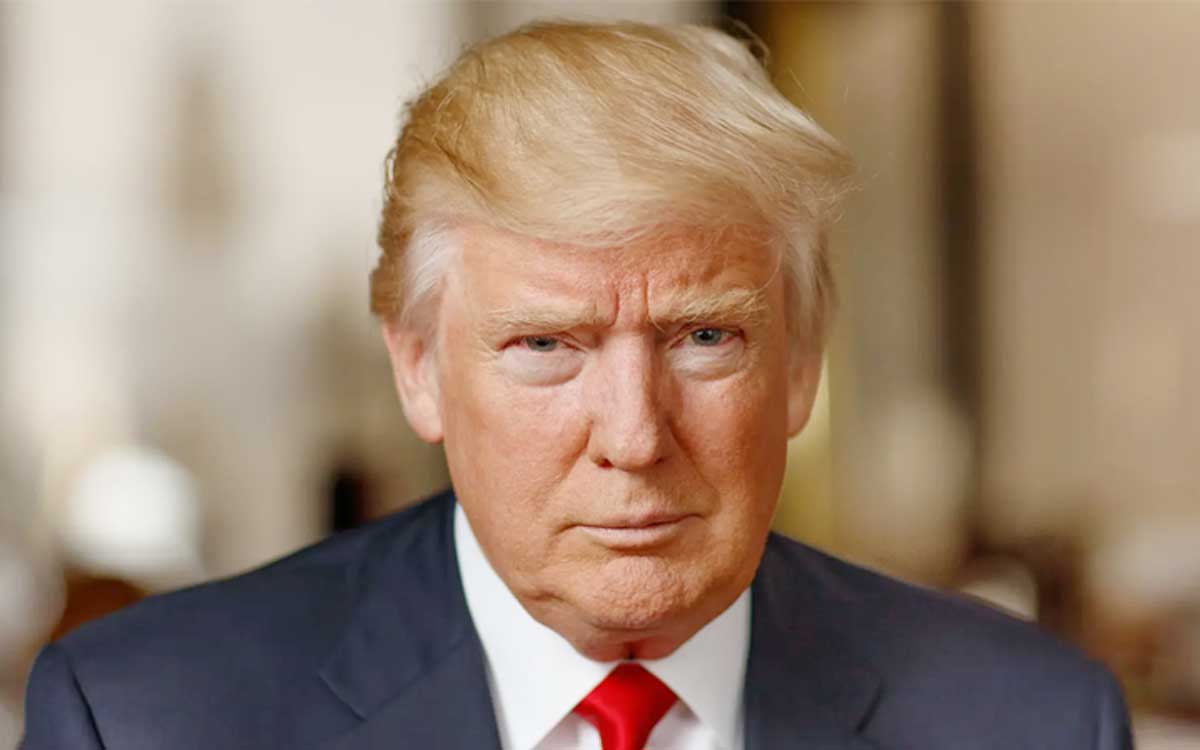US Immigration Changes Target Indian Deportations on Trump’s Day 1: Impact on Citizenship, Denaturalization
Explore the implications of Trump’s proposed immigration policies as US Immigration Changes Target Indian Deportations, focusing on the impact on Indian immigrants and their children through deportation, denaturalization, and the potential end of birthright citizenship.

Table of Contents
On Trump’s Day 1, US Immigration Changes Target Indian Deportations with significant new measures, including denaturalization and the potential end of birthright citizenship. These immigration reforms are anticipated to reshape the U.S. immigration landscape, directly impacting Indian immigrants and their children who have established lives in the country.
Related News: Trump Appoints US Immigration Tom Homan as Border Czar to Deport Illegal Indian Immigrants
Overview of Proposed Policies: US Immigration Changes Target Indian Deportations
- Ending Birthright Citizenship:
- Trump plans to sign an executive order that would eliminate automatic citizenship for children born in the U.S. unless at least one parent is a U.S. citizen or lawful permanent resident.
- This change could affect many children of Indian immigrants who are currently in the green card backlog.
- Mass Deportations:
- Trump has vowed to initiate the largest deportation program in U.S. history, targeting both undocumented immigrants and those in legal immigration processes.
- This includes a plan to recruit additional Border Patrol agents and increase their salaries.
- Denaturalization Efforts:
- The administration may seek to revoke citizenship from individuals deemed to have obtained it through fraudulent means or other disqualifying factors.

Detailed Implications for Indian Immigrants on Trump’s Day 1
Impact on Birthright Citizenship
The proposed changes to birthright citizenship could have profound implications for Indian families:
- Current Landscape:
- Approximately 4.8 million Indian-Americans reside in the U.S., with around 1.6 million born in the country.
- Future Concerns:
- If enacted, children born to Indian parents who are not citizens or permanent residents would not automatically gain citizenship.
- Legal Challenges:
- Legal experts argue that such a move would likely violate the 14th Amendment, which guarantees citizenship to all persons born or naturalized in the U.S.
For more information on U.S. immigration, visit the following links:
US Immigration Changes Target Indian Deportations: Mass Deportation Plans and Citizenship Reform
Trump’s Day 1 immigration curbs could lead to widespread fear and uncertainty within immigrant communities:
- Scope of Deportations:
- The plan targets an estimated 12 million undocumented immigrants, many of whom have established lives in the U.S.
- Family Separation:
- Families may face separation as US Immigration Changes Target Indian Deportations, leaving children behind in the U.S. and potentially causing severe emotional and economic distress.
Also Read Understanding the Rise in Indian Asylum Seekers to the US
Denaturalization Threats
The threat of denaturalization raises concerns about the stability of immigrant families:
- Legal Precedents:
- Historically, denaturalization has been rare and legally complex, often requiring substantial evidence of wrongdoing.
- Impact on Communities:
- The fear of losing citizenship could deter immigrants from seeking legal assistance or reporting crimes, further isolating vulnerable populations.
Statistical Overview
| Category | Estimated Figures |
|---|---|
| Total Indian-Americans | 4.8 million |
| Born in the U.S. | 1.6 million |
| Green Card Backlog (India) | Over 1 million |
| Average Wait Time for Green Card | More than 50 years |
| Children Aging Out (21+) | Approximately 250,000 |
Legal Context
14th Amendment Implications
The proposed changes invoke significant legal debates surrounding the interpretation of the 14th Amendment:
- Historical Interpretation:
- Courts have consistently upheld that all individuals born on U.S. soil are citizens, regardless of their parents’ immigration status.
- Potential Litigation:
- Any executive order altering this interpretation would likely face immediate legal challenges, potentially reaching the Supreme Court.
Broader Impact on Immigration Policy
Trump’s aggressive stance on immigration reflects broader trends in American politics, where US Immigration Changes Target Indian Deportations as immigration becomes a focal issue during periods of social and economic uncertainty.
- Public Sentiment:
- While tough-on-immigration policies may garner initial public support, historical precedents show they can lead to backlash and logistical challenges.
- Economic Considerations:
- Many sectors rely on immigrant labor, particularly in technology and healthcare; restricting immigration could exacerbate labor shortages.
- These proposed policies could lead to increased family separations due to deportations and denaturalizations, threatening the stability of immigrant families in multiple communities.
Conclusion
As US Immigration Changes Target Indian Deportations, Trump’s Day 1 plans raise concerns for Indian immigrants, with new measures aimed at denaturalization and ending birthright citizenship. These changes may threaten family unity and create community instability, sparking anticipated legal battles and widespread public debate over immigration policies.
What is Trump’s plan for birthright citizenship?
Trump intends to sign an executive order that would require at least one parent to be a U.S. citizen or lawful permanent resident for children to gain automatic citizenship at birth.
How will these policies affect Indian immigrants?
US Immigration Changes Target Indian Deportations could severely impact Indian families, denying citizenship to their U.S.-born children, increasing deportation risks, and complicating pathways to legal residency.
What legal challenges might arise from these proposals?
Legal experts predict that any move to alter birthright citizenship will face constitutional challenges, particularly regarding the interpretation of the 14th Amendment.
How many Indians are currently affected by green card backlogs?
As of early 2023, over one million Indians are waiting for employment-based green cards, with wait times often exceeding fifty years.
